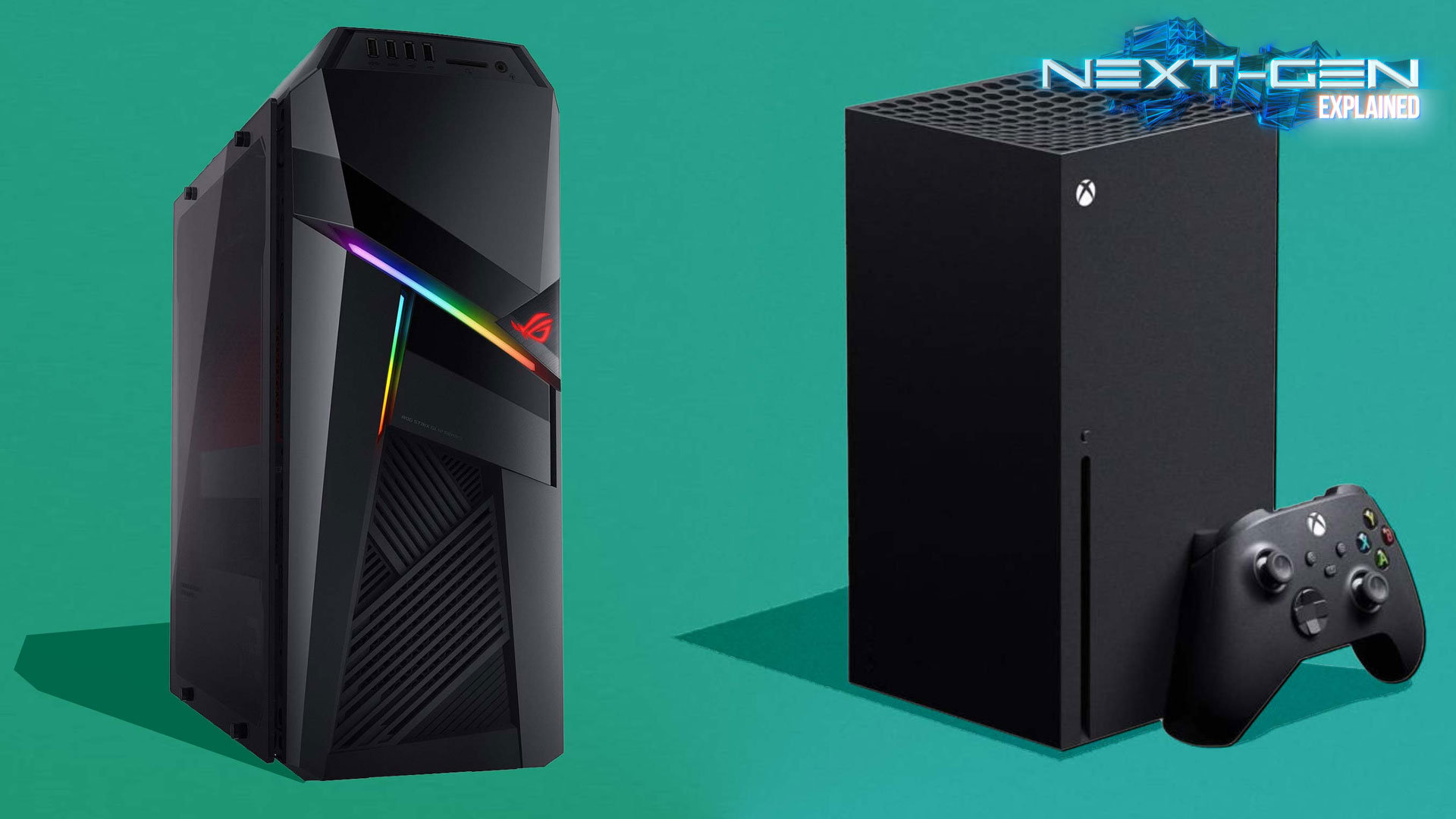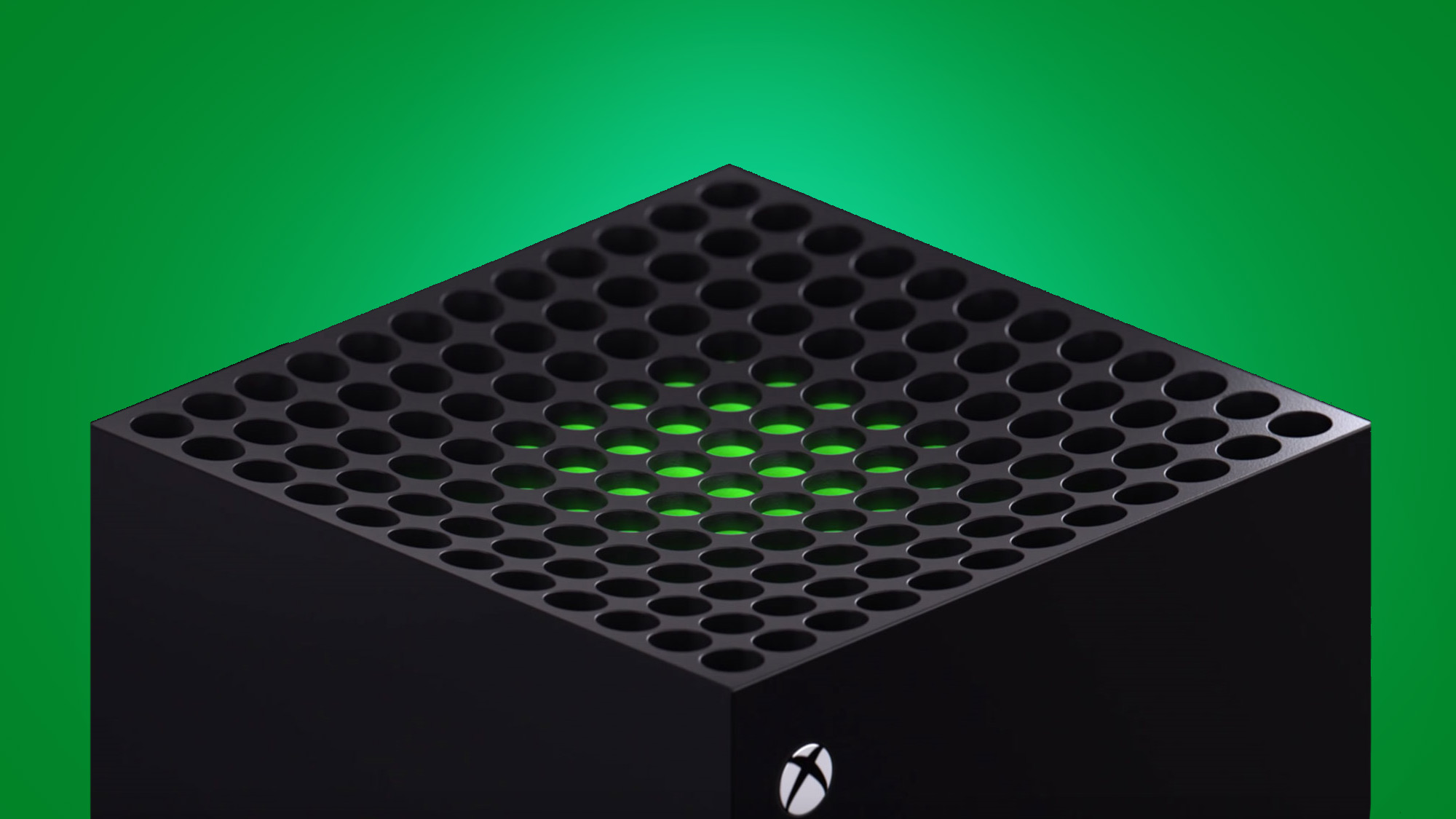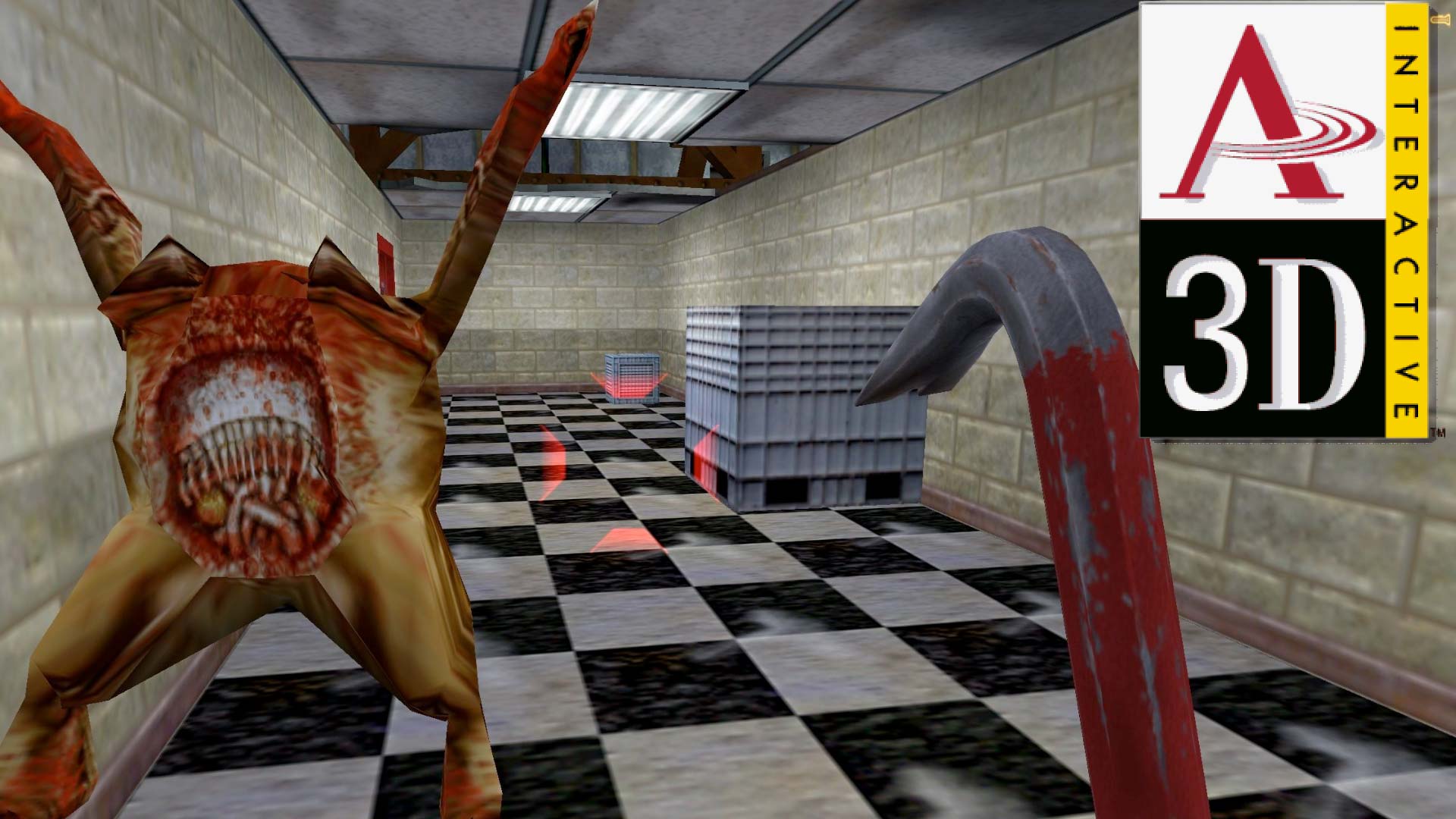How much of next-gen tech is already a part of high-end PC gaming?
The PS5 and Xbox Series X are promising a lot of new features, but most of them have been a part of PC gaming for years

Next-generation consoles are on our doorstep. They promise graphics and hardware we’ve never seen before in a home console. Developers make the magic happen, but the underlying hardware provides the tools for it.
Important changes in the Xbox Series X and PS5 include obvious stuff, like far more powerful processor and graphics chipsets. But a lot of the tech set to blow minds can already be found in the PC gaming world. Here are some of the highlights.
12-teraflop graphics power

12-teraflop power is one of the most-discussed stats of the Xbox Series X. This is a geeky term, but is a reasonable indicator of the graphics rendering power of any system. It allows for some catchy comparisons too. It’s the equivalent of 12 Nintendo Switches, 6.5 PS4s, 50 Xbox 360s, 1270 Nintendo Gamecubes or 8500 Sega Dreamcasts.
Why only a “reasonable" indicator of power? A teraflop count tells you the amount of floating point operations a processor can handle in a second, by the trillion. But modern processors are not simple things. This single stat is not an entirely solid indicator of real-world performance and the good news is that we should actually see better results per teraflop than the last console generation.
You can already get this kind of power in a consumer PC graphics card, though. The Nvidia RTX 2080 has 10.1 terraflops of power, and the RTX 2080 Ti surpasses even that with 14.2 teraflops. You can count this as a win for the next Xbox regardless, as an RTX 2080 Ti alone may be more expensive than the cost of an entire Xbox Series X system. Rumours suggest, meanwhile, that the PS5 will have around nine teraflops of processing power.
GDDR6 RAM

The Xbox One Series X and PS5 are highly likely to use GDDR6 RAM. This is no surprise. The PS4 and Xbox One used GDDR5, and while there was a step-gap GDDR5X upgrade in the PC world, those consoles were released a long time ago.
PC graphics cards have used this kind of memory since 2018. Nvidia’s RTX-series cards made it the norm. But, unlike a PC build, next-gen consoles will use it system-wide. PCs have separate DDR system RAM (without the “G” up front) for non-gaming jobs, as well as dedicated video RAM in their graphics cards.
Weekly digests, tales from the communities you love, and more
The £1200 Nvidia RTX 2080 TI has, in some configurations, 11GB of GDDR6 video RAM. We expect the Xbox Series X and PS5 will have 16 - 24GB of the stuff. And even after you consider the amount sequestered for system use (as there will be no, or very limited, dedicated system RAM), console gamers will still get a very good deal in terms of video RAM per dollar spent.
But why does this matter? vRAM, the GDDR6 stuff, is the memory used to hold the data to render any game as it’s played. Standard storage isn’t up to the job, not least because it is radically slower. Faster RAM, and more of it, allows for higher-resolution textures. Fiddle with a demanding PC game’s settings and you may see some visual bells and whistles that say they need 4 - 6 GB of RAM on your graphics card, minimum.
Ray-tracing


We already know the Xbox Series X and PS5 will use graphics hardware based on AMD’s Navi GPU architecture. PC-bound cards of this generation were first announced in 2019. This effectively means core PS5 and Xbox Series X components are, at the very least, distant relatives of Navi-series cards like the Radeon RX 5700.
However, as of March 2020 no AMD Navi-gen PC hardware supports ray tracing, one of the most interesting in-progress developments in game graphics. We are told both consoles will have hardware-level support for this technique. Nvidia is ahead in this area, as its current RTX-series cards already have cores designed for ray tracing calculations.
But what is ray tracing? It’s an alternative way to render 3D scenes, and involves calculating the path of light beams, re-tracing them from the object back to the light source. The result? Incredibly realistic transparency effects, such as glass bottles with mixed densities, ridiculously good shadows and eerily convincing reflections. It’s an alternative to the current rendering norm of rasterization, turning 3D modelled objects into “flat” pixels, and applying believable-looking lighting with techniques such as shadow mapping and ambient occlusion.
Ray tracing in games is simplified, compared to what you might see in a Pixar film, where each frame can be constructed slowly. We’re aiming for 60fps, not one frame every three weeks. Even in its simplified form, ray tracing is extremely processor-intensive. It's why specific ray tracing hardware is so important. Support can be patched in with software, as Nvidia did with some of its later GTX-series graphics cards, but the hit to frame rates is huge.
Titles that already support ray tracing include Metro Exodus, Control, Battlefield 5 and, least likely of the lot, Minecraft. Fingers crossed for some serious hardware ray tracing support in next-gen consoles because, without it, developers won’t be able to afford to put too much horsepower into this style of lighting.
Ultra-fast SSD storage

Look at the numbers alone and storage speed is by far the biggest expected upgrade between the PS4 and PS5, or Xbox One X and Xbox Series X. The old consoles have 500GB or 1TB 5400rpm hard drives, the kind you’d never find in a half-decent laptop anymore, since they're too slow to even run Windows 10 smoothly.
The upcoming consoles are expected to have SSDs so cutting-edge, their PC counterparts have only just been announced. Samsung’s 980 EVO is perhaps the easiest companion to make. This SSD was announced at CES 2020 and uses a new interface spec called PCIE nvme 4.0.
It opens up speeds of up to 7.5GB/s, 75 times the speed of a conventional hard drive. As ever, these will be simmered down a bit when they enter the real world. But we can still expect load times nothing like those of the Xbox One X or PS4 Pro, and even much faster loads than one of those consoles with an external SSD attached.
High-end PCs have been able to boot games far faster than consoles since SSD storage became mainstream more than a decade ago. Consoles are finally catching up.
8K gaming

The PS5 and Xbox One Series X are capable of 8K output. Do you have an 8K TV yet? Us neither. However, this is likely to be one of the big future-proofing boasts of the next-gen consoles. It is also the claim that deserves the closest scrutiny. The Xbox One Series X and PS5 will no doubt have power the likes of which we have never seen in a home console. But such power will also be pushed to the max if AAA games apply visual effects like ray tracing and 4K textures with far-field draw distances, and that is before you switch the resolution to 8K.
If a developer makes a game that sucks up all available graphics juice at 4K resolution (or even 1080/1440p), making it render at 8K will either result in a big drop in the frame rate or sacrifices in areas like lighting and texture quality. 8K doesn’t come for free. Or does it? There is a chance next-gen consoles will use upscaling techniques for 8K in gaming that give off the impression of extra detail without a huge extra strain on the hardware.
Real 8K gaming has been accessible to at least a small handful of people in the PC world since 2017, when Dell released the UltraSharp UP3218K monitor. A system with the Nvidia RTX 2080 Ti can even play titles like Battlefield 5 at 8K with reasonable frame rates today. However, for now and the foreseeable future, 8K gaming is little more than a curiosity. The benefits of improving the quality of lighting effects, the detail of textures and the intricacy of character models outweigh a resolution hike from 4K to 8K. Plus, you know, almost none of us have 8K displays yet.
3D audio

PlayStation architect Mark Cerny talked to Wired about the PS5’s revolutionary 3D audio in 2019. He said the console will have an entire chip dedicated to its performance. This sounds a lot like Dolby Atmos or the 3D audio already available through PSVR, which offers three-dimensional sound in a few games. It’s advanced virtual surround that does not involve installing an army of speakers in your ceiling, by using psychoacoustics and the HRTF (head-related transfer function) to trick us into hearing 360-degree audio from stereo speakers.
Such 3D audio only usually works with headphones. While speaker systems can create sound scale much better than most headphones, they won’t be able to, for example, relay someone whispering in your ear anywhere near as well. 3D audio processing has been around in PCs for an awful long time, most notably in the form of Aureal A3D. This was co-developed by NASA for use in flight simulators in the mid-late-90s, resulting in a chip found in sound cards made by companies like Diamond, Yamaha and Turtle Beach.
Such 3D sound tech has been forgotten by most, but was supported by some huge games at the time, including Half-life, Descent 3, Grand Theft Auto 3 and System Shock 2. Aureal A3D was not alone either. EAX and Directsound 3D were two competing “environmental” sound standards. In other words, Sony is essentially bringing 20-plus-year-old tech back into the spotlight for the PS5. In doing so, the company will no doubt use it as a mean to sell us a fancy headset designed for exactly this kind of aural experience.
For more details on all the next-gen jargon, check out more of our next-gen explainers.
Andrew is a technology journalist with over 10 years of experience. Specializing particularly in mobile and audio tech, Andrew has written for numerous sites and publications, including Stuff, Wired, TrustedReviews, TechRadar, T3, and Wareable.


